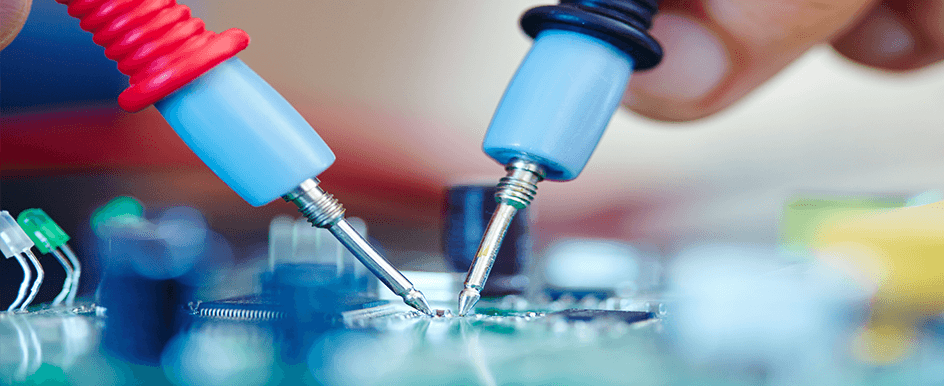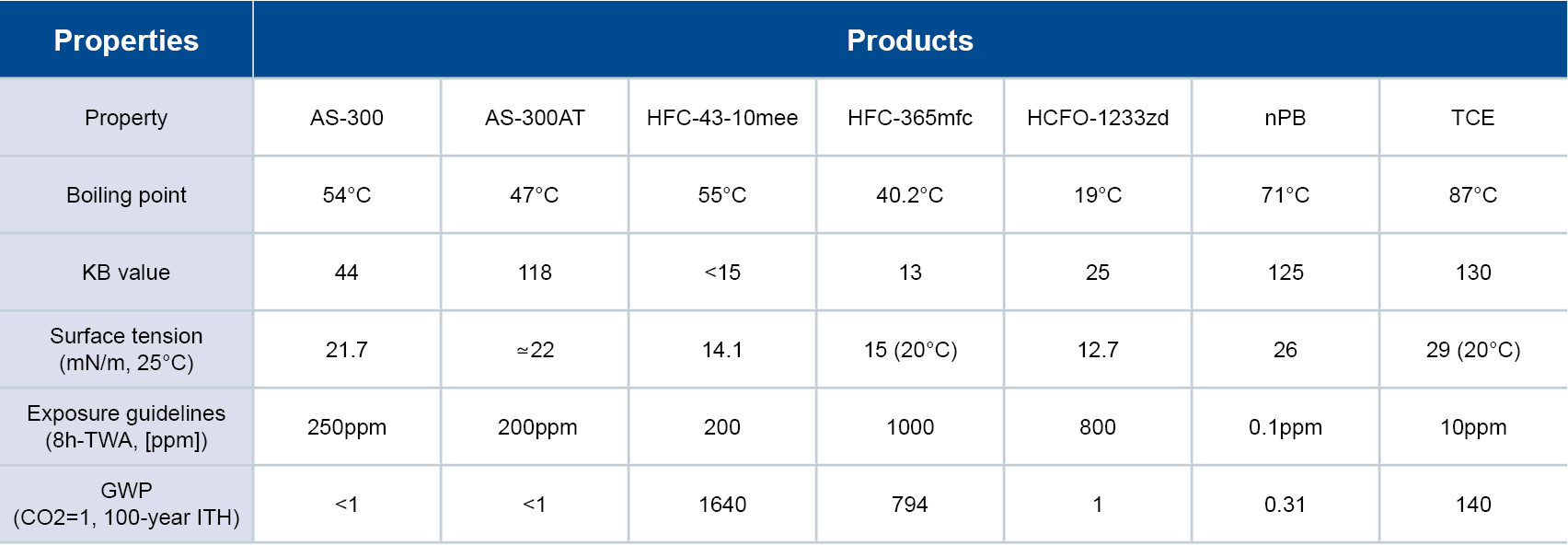Advantages of Fluorinated Solvents Over Aqueous Cleaning

Reading Time: 3 minutes
For many industries like medical device, aerospace and automotive, it is imperative that parts and components be cleaned and degreased before they are assembled or shipped. However, while many cleaning solutions currently exist on the market, regulations for cleaning chemicals are becoming more stringent. Because of this, manufacturers are turning to more environmentally sustainable cleaning solutions like fluorinated solvents or aqueous cleaning.
Both fluorinated cleaning solvents and aqueous cleaning can help manufacturers reduce their use of unfavorable chemicals while still cleaning parts efficiently. However, each cleaning method has different advantages and disadvantages to carefully consider before selecting the best method for your facility.
What are Fluorinated Cleaning Solvents?
Fluorinated cleaning solvents, or fluorosolvents, are high-performance chemicals used for cleaning dirt, oil, fingerprints, solder paste residue, electronics flux and other contaminants from high-value parts and components.
Fluorosolvents are regarded as environmentally sensible because they have:
- No flash point
- No ozone depletion potential (ODP)
- Low global warming potential (LGWP)
- Low surface tension
Because of their low surface tension, fluorosolvents are better able to penetrate the surface of the contaminant while still being gentle on the substrate’s surface. Substrates including metals, plastics, polyurethanes and fluoroelastomers can be cleaned effectively with fluorinated cleaning solvents.
What is Aqueous Cleaning?
Aqueous cleaners use water as the primary solvent along with other cleaning agents. Water alone is not usually powerful enough to break down contaminants, so you generally have to combine it with additives such as surfactants, detergents, emulsifiers, inhibitors, anti-foaming agents, pH buffers, builders, deflocculants or chelating agents.
Depending on the type of substrate and contaminants you are removing, the water may also need to be treated to become more acidic or basic to work effectively. Acidic aqueous solutions are more effective at removing contaminants like scale, rust and oxides from metal. Alternatively, alkaline aqueous solutions are better at removing salts, oxides, organic soils, metal chips and grease. In addition, alkaline aqueous solutions can be used at a wider range of temperatures than acidic solutions.
Soaking in water, even water with added chemicals, is not typically effective for removing contaminants on high-value parts. That’s because aqueous cleaning systems also must employ heat, agitation or pressure spray to effectively clean intricate parts or hard-to-remove contaminants.
Cost Savings with Fluorinated Cleaning Solvents
Although fluorosolvents may cost more per pound, some studies show that aqueous systems have up to a 30% increase in total system costs using water. Aqueous equipment is large, expensive and may require a significant reconfiguration of space to install in your facility. Fluorosolvents use a vapor degreaser, which takes up less space and requires less energy due to their shorter cleaning and drying cycles.
Aqueous systems do not dry parts on their own and require post-processes like infrared drying, which consume additional energy and manpower. They are also known to leave water spots, so you will have to use deionization or reverse osmosis processes to avoid them. Fluorosolvents do not leave water spots or residue; that cleaning method doesn’t require additional processes.
When using aqueous cleaning, heating water is a critical step to ensure parts and components are fully cleaned. While fluorosolvents also require heat, their boiling point is significantly lower than water, requiring less energy usage and time. Aqueous systems must also be carefully monitored during the cleaning cycle to ensure that the water level, pH and soap concentration stay at the correct levels.
Fluorosolvents are exceptionally stable and can be reused over and over again, giving them a lower cost per use. Aqueous cleaners, on the other hand, come with additional costs to reclaim and recycle water or manage waste oil.
AsahiKlin Fluorinated Solvents
AGC created the AsahiKlin AE-3000 series of fluorinated solvents as an environmentally sensible solution to replace halogenated solvents with unfavorable environmental properties. AE-3000 solvents are approved for use as:
- Precision cleaning solvents
- Defluxing agents for electronic circuitry
- Carrier solvents for silicone
- Fluorinated lubricants and moisture displacement fluids
They can also be used in most existing vapor degreasing equipment with little or no modification. To learn how you can incorporate AsahiKlin fluorinated cleaning solvents, contact an AGC product expert.
 English
English 